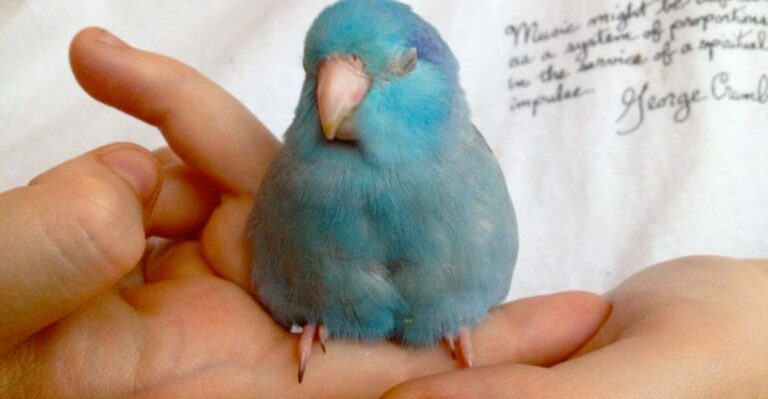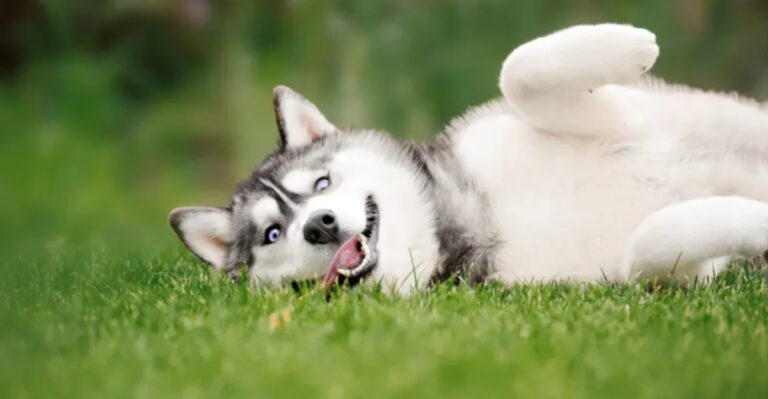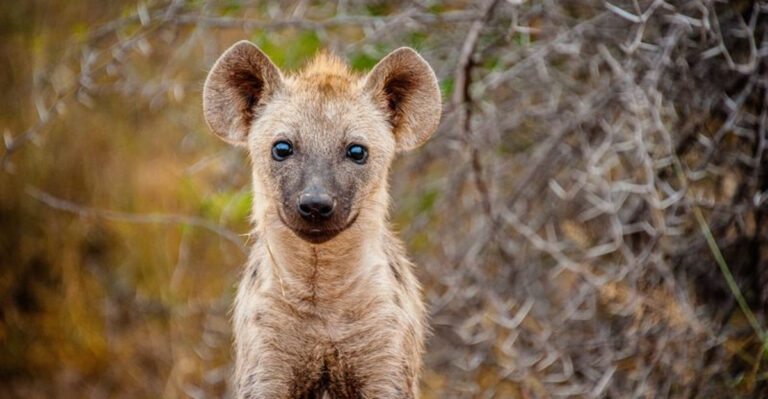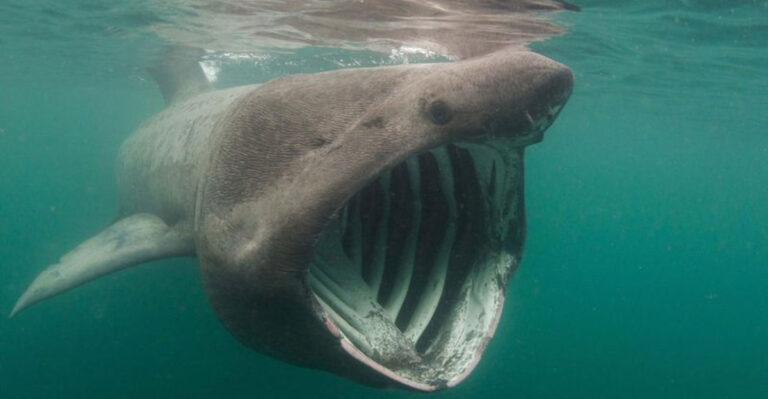14 Vibrant Summer Flowers That Will Attract Butterflies To Your Garden

Summer gardens burst with color when you plant flowers that attract butterflies. These winged visitors not only add beauty to your outdoor space but also help pollinate plants.
Creating a butterfly-friendly garden is easy when you choose the right blooms that provide nectar and places for butterflies to rest.
1. Purple Coneflower (Echinacea)
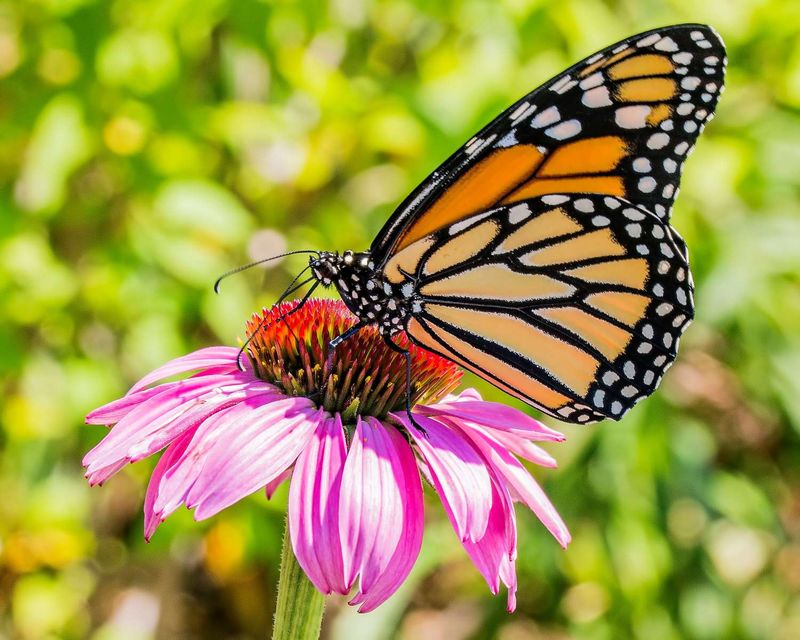
Standing tall with daisy-like purple petals, these native wildflowers are butterfly magnets. Their raised centers provide perfect landing pads for butterflies to perch while sipping nectar.
Coneflowers bloom from early summer through fall, offering a reliable food source. They’re drought-resistant once established, making them perfect for low-maintenance butterfly gardens.
2. Blazing Star (Liatris)
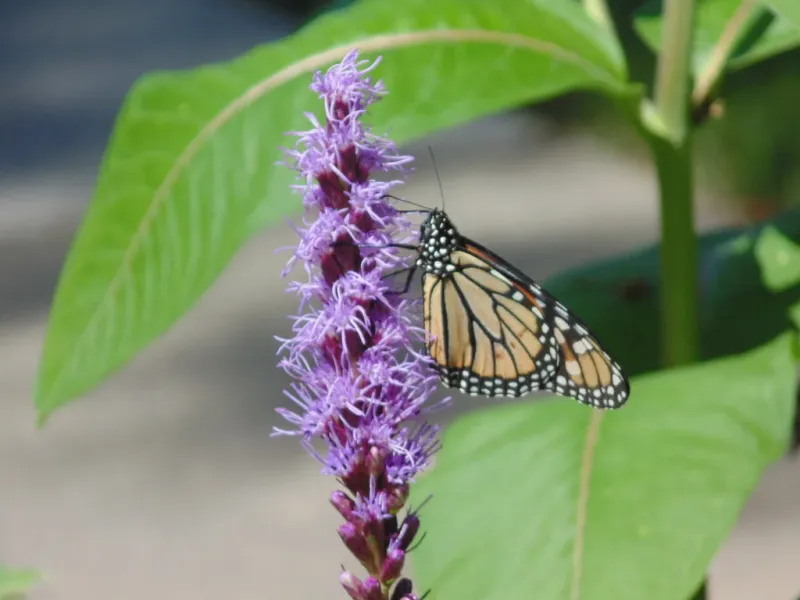
Resembling fluffy purple rockets shooting skyward, Liatris spikes create vertical drama in any garden. Butterflies can’t resist these nectar-rich blooms that appear in mid-summer.
Each tall stem produces multiple small flowers that open from top to bottom, extending the feeding season. Native to North American prairies, they thrive in full sun and attract monarchs especially well.
3. Butterfly Bush (Buddleia)

True to its name, this shrub produces cone-shaped flower clusters that butterflies simply adore. The sweet honey scent draws them from surprising distances across your neighborhood.
Available in purple, pink, white, and blue varieties, butterfly bushes bloom throughout summer. Regular deadheading encourages continuous flowering, creating a butterfly buffet that keeps visitors returning daily.
4. Lantana
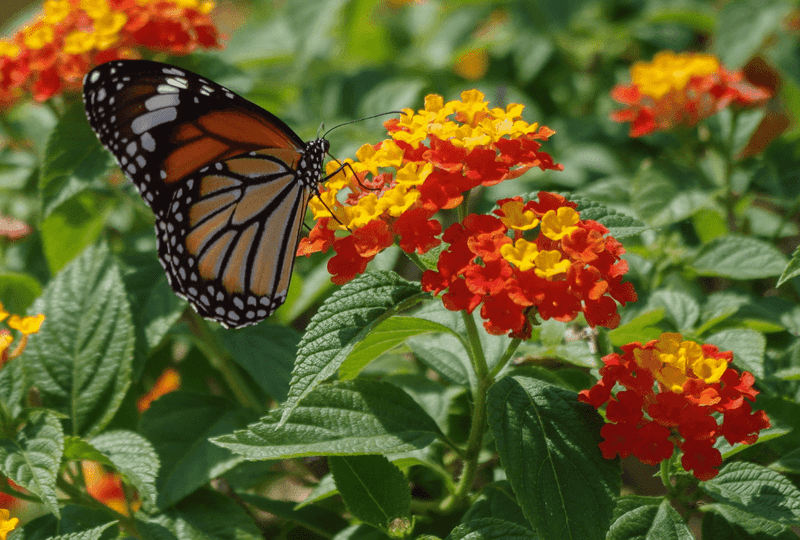
Clusters of tiny flowers in sunset colors make lantana a butterfly paradise. Each cluster contains dozens of individual blooms in yellow, orange, pink, or red – sometimes all on the same plant!
Heat-loving and drought-tolerant, lantana thrives when other plants wilt. The flat flower clusters provide perfect platforms for butterflies to land and feed, making this plant a summer butterfly magnet.
5. Black-Eyed Susan (Rudbeckia)
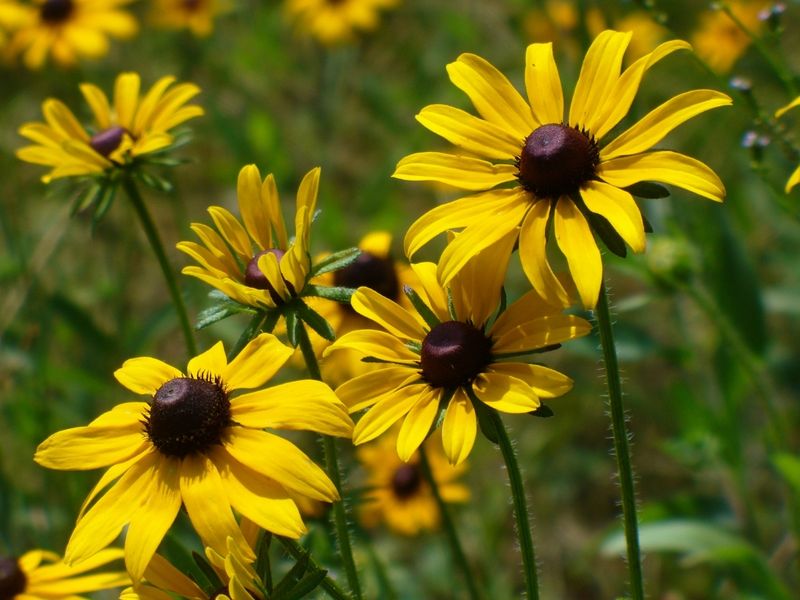
Golden petals surrounding dark centers make these flowers look like sunny faces smiling up at the sky. Black-eyed Susans bloom prolifically from mid-summer through fall when many other flowers have faded.
Their simple daisy shape makes it easy for butterflies to land and feed. These native wildflowers spread readily, creating generous drifts of color that become butterfly highways through your garden.
6. Joe-Pye Weed (Eutrochium)
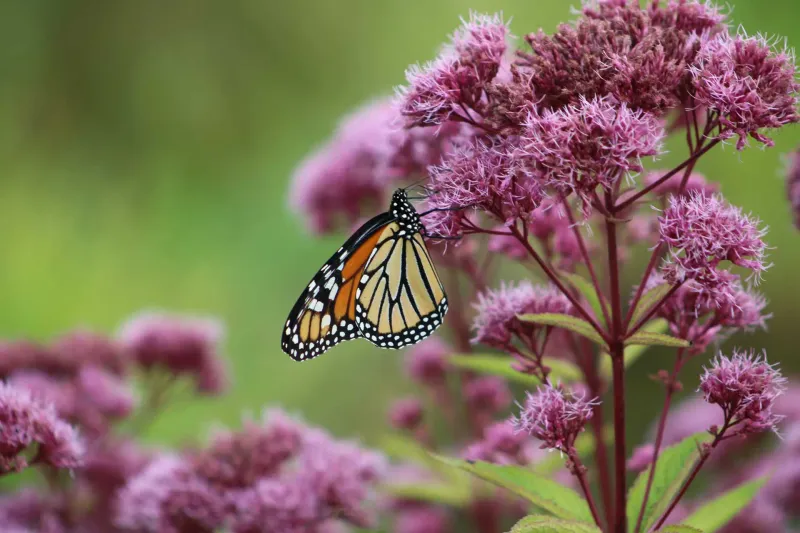
Despite its humble name, this majestic native plant creates clouds of mauve flowers atop impressive 7-foot stems. The massive flower clusters become butterfly conventions in late summer.
Joe-Pye weed thrives in moist areas where other plants struggle. Its vanilla-scented flowers attract dozens of butterfly species, particularly swallowtails and monarchs, making it worth the space in any butterfly garden.
7. Zinnia
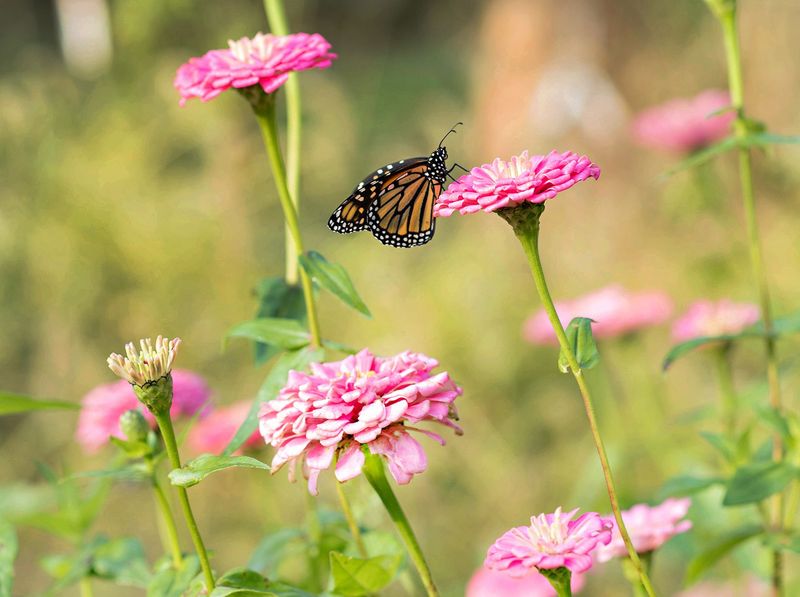
Candy-colored blooms in every rainbow hue make zinnias irresistible to butterflies and gardeners alike. Their flat, open flower faces provide perfect landing pads for butterflies to rest while sipping nectar.
Growing easily from seed, zinnias bloom quickly and continuously until frost. The more you cut them for bouquets, the more flowers they produce – creating an endless butterfly buffet throughout summer.
8. Mexican Sunflower (Tithonia)

Fiery orange blooms seem to glow against their velvety green foliage, creating a beacon for butterflies. Growing rapidly to 6 feet tall, Mexican sunflowers produce dozens of 3-inch flowers from midsummer until frost.
Monarchs show particular preference for these vibrant blooms. The plants thrive in hot, dry conditions where other flowers struggle, making them perfect for challenging garden spots that still need butterfly appeal.
9. Milkweed (Asclepias)
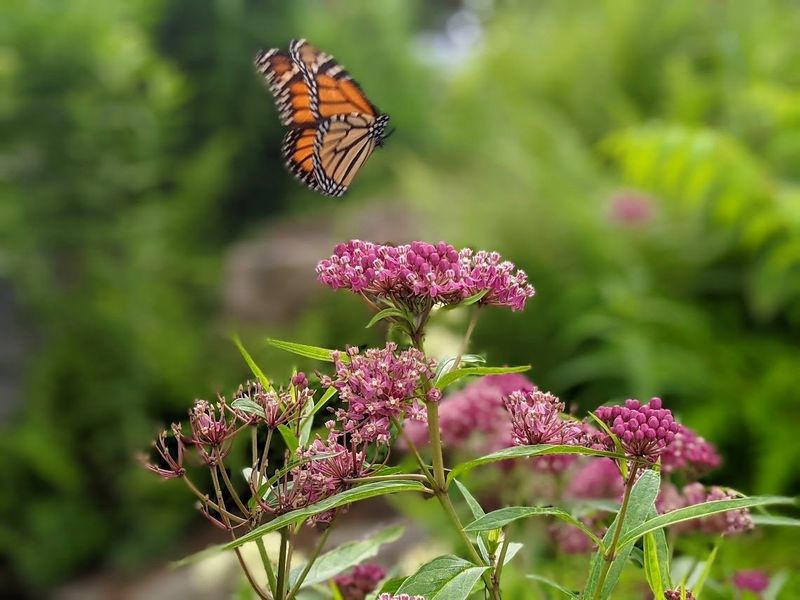
No butterfly garden is complete without milkweed – the only plant monarch caterpillars can eat. Beyond this crucial role, its fragrant flower clusters in pink, orange, or white attract countless adult butterflies.
Different milkweed varieties suit different gardens. Butterfly weed (Asclepias tuberosa) tolerates dry conditions, while swamp milkweed (A. incarnata) thrives in moist areas, allowing every gardener to support monarch butterflies.
10. Bee Balm (Monarda)
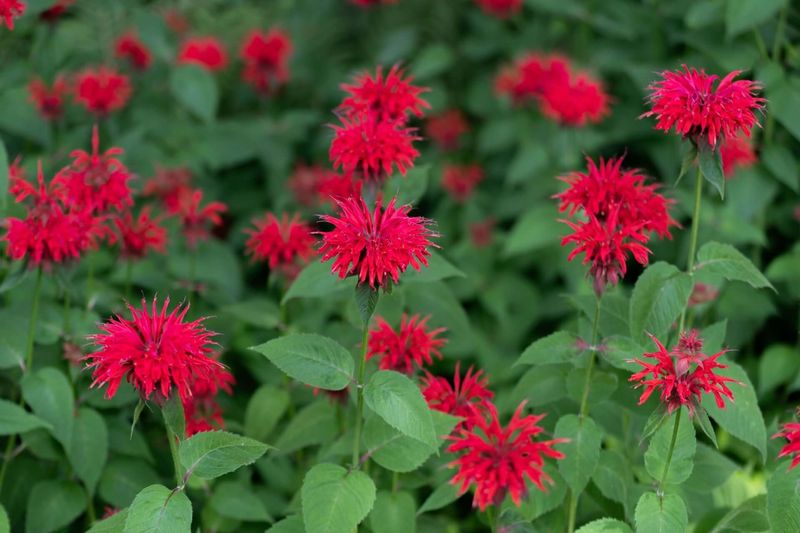
Crowned with spiky, firework-shaped blooms in red, pink, or purple, bee balm creates summer drama that butterflies can’t resist. Each flower head contains multiple tubular blooms perfect for butterfly proboscises.
Fragrant foliage adds sensory appeal to gardens. This native plant spreads to form generous clumps, creating butterfly feeding stations throughout your garden while attracting beneficial bees and hummingbirds too.
11. Verbena
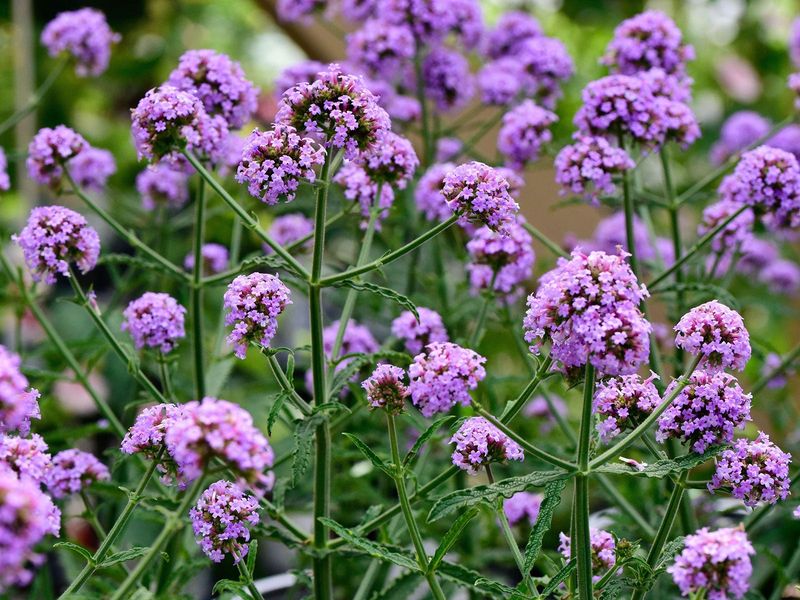
Flat clusters of tiny star-shaped flowers create perfect butterfly landing pads. Available in spreading groundcover forms or upright varieties, verbenas bloom in purple, pink, red or white throughout the entire summer.
Heat and drought tolerance make verbena a reliable performer even during scorching weather. Their long blooming period ensures butterflies have a consistent nectar source from early summer through fall frosts.
12. Cosmos
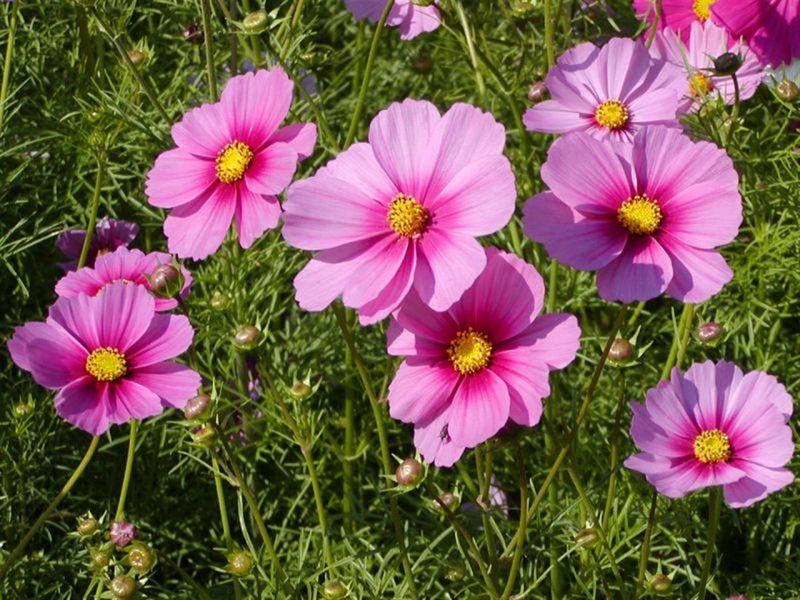
Dancing on slender stems above feathery foliage, cosmos flowers sway in summer breezes like butterfly beacons. Their open, daisy-like blooms in pink, white, or magenta provide easy access to nectar.
Growing quickly from seed, cosmos bloom abundantly within weeks. Their airy growth habit allows butterflies to weave between plants easily, creating natural flight corridors through your summer garden.
13. Aster
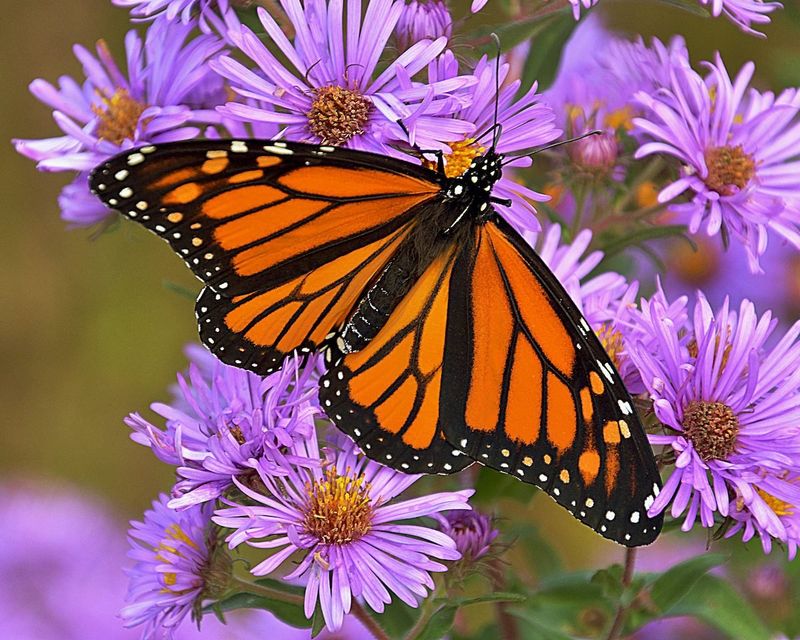
Saving the best for last, late-summer asters burst into bloom just when butterflies need fuel for migration. Star-shaped flowers in purple, blue, pink or white cover plants in spectacular abundance.
Native asters support over 100 butterfly species. Their timing is crucial – providing nectar when many other flowers have finished blooming, asters become butterfly magnets in late summer and early fall gardens.
14. Phlox
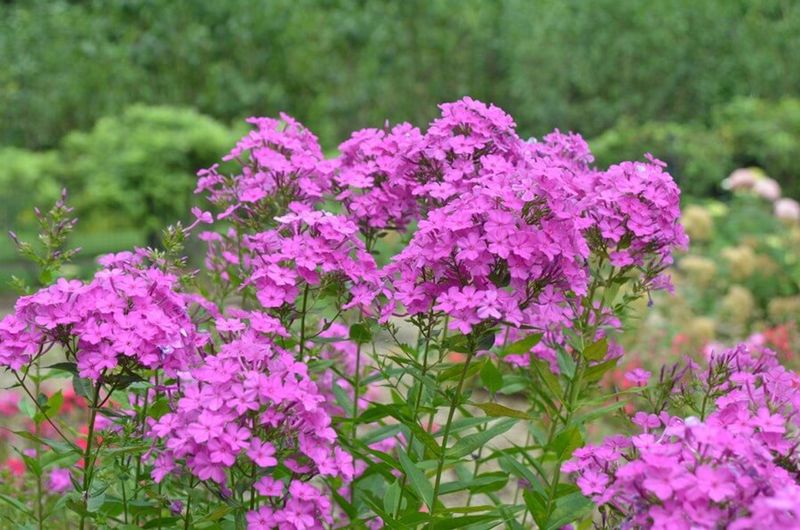
Sweetly scented flower clusters atop sturdy stems make garden phlox a butterfly favorite. The fragrance that draws us to these summer bloomers attracts butterflies from across the garden too.
Available in white, pink, purple, and bicolors, phlox creates masses of color in midsummer. Each flower cluster contains dozens of individual blooms, providing abundant nectar sources for thirsty butterflies.

